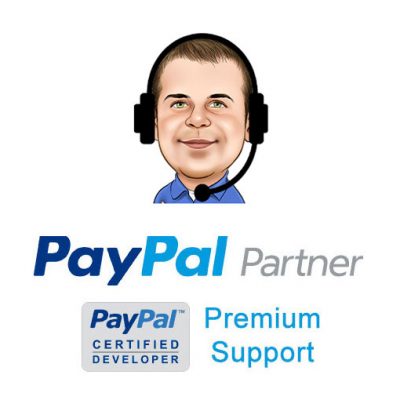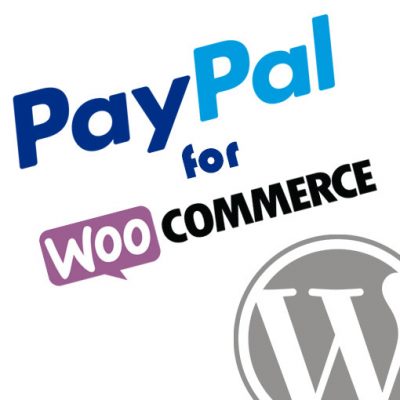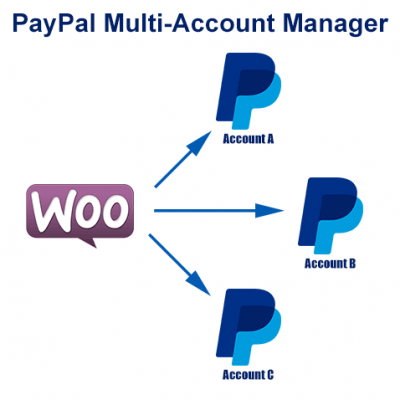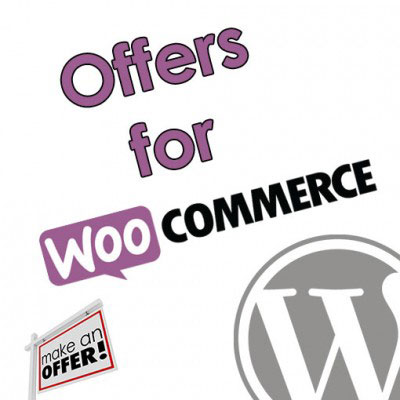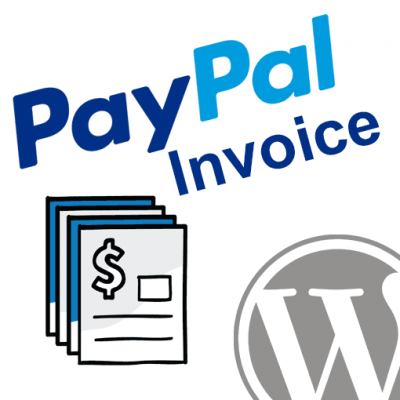Introduction
Today we’re just going to take a quick look at a simple question; what is PayPal and how does it work? The easy answer is it’s a way to send and receive payments. There’s a little bit more than that going on. You’ve got your buyers and yoursellers, or your senders and receivers. Let’s take a closer look to give you a little bit better knowledge on what exactly is going on here and how it might help you out.
Video
Paying with PayPal
What is PayPal for Buyers?
So first you have the buyer side. When you want to make payments with PayPal, of course the first thing you’ll do is create your PayPal account. Then you’ll treat it like a wallet. This is your digital wallet; your PayPal wallet. Just like a regular wallet you can hold cash in there in the form of your PayPal balance. You can have your debit cards and credit cards in there from various banks or credit card providers. You can have multiple bank accounts, so checking accounts or savings accounts from a local branch or online banks. You can add all of these into that PayPal wallet, and when you make payments you can choose whichever funding source you’d like to use. So again, your PayPal balance would be your cash, and bank account balances can also be considered cash, and then you’ve got your debit and credit cards.
The cool thing is when you make payments with PayPal, all those funding sources are protected inside the PayPal wallet. So the seller, all there going to get is your name, your email address, and a shipping address if one is required to send you something. So that sensitive information like the bank account numbers, credit card numbers, expiration dates and security codes; the actual billing address associated with these funding sources. That’s all protected behind the PayPal barrier, or inside the PayPal wallet.
Consider if you go shopping on 20 different websites and you put in a credit card number on each of these 20 sites, well that’s 20 different chances that they could be saving your card number in their database (there not supposed to be doing that, but a lot of them do.) If they get hacked and that data gets stolen, now your credit card numbers or bank details are included in that hacked data. Obviously, this isn’t a good thing. Again, when you pay with PayPal, none of that information is provided to the seller. All they’re going to get is your name, email, and shipping address. So, you have this buyer protection behind that PayPal barrier. This is one of the biggest advantages of using PayPal to pay for things, and I highly recommend it.
Selling with PayPal
What is PayPal for Sellers
The flip side of that is sellers, or when you need to receive payments. PayPal makes that quick and easy for you. They have a lot of different products that you can use as a seller, and different ways to integrate in your website or applications, use it at your retail store, etc. We’ll break those down more in depth in future articles. For now just understand that it makes really easy for you to take payments in general.
So you can take PayPal payments, where people specifically choose “I want to pay with PayPal.” Or you can take direct credit cards where they punch in a credit card number and they won’t have any idea that PayPal is actually still being used behind the scenes. You can take payments over the phone, just punch a credit card number into a virtual terminal, or you can use the PayPal Here app, for example, to take payments on a mobile device, on your computer, at a trade show, or even in your retail shop. So there are a lot of different ways to receive payments, and it makes it really quick and easy. It all drops into a single account, into your PayPal account, and the money is typically available instantly, so there’s no batching out at the end of the day or anything like that which you find with a lot of other credit card processors.
So again, consider some of the advantages that we talked about for buyers. When you’re selling anything; products or services online or in person, you really want to make sure that you at least include PayPal as an option. If you don’t, those people who prefer it because of the advantages it gives them, and that protection it gives them when they pay that way, they’re not going to want to buy from you. They’re going to go find somebody else.
So if you’re tracking conversion rates in Google Analytics or anything like that, for example, you’ll find that when you add PayPal as an option, the conversion rates are typically going to go up by quite a bit. So, it’s definitely recommended to at least include PayPal as an option.
So then when you have PayPal as an option, you might as well use them for your direct credit cards, too. Everything will drop into a single account, and that just makes it easier on your bookkeeper. This saves time and money on reconciling accounts. Instead of having a credit card account or bank processor accounts separate from PayPal, you just have that one account where everything falls into, and this makes it nice and easy to manage.
Conclusion
So again, this was just a very quick summary of what’s going on with PayPal from the buyer side and the seller side. We’ll break that down in more depth and detail later in different articles, but I just wanted to give you a basic understanding of what’s going on here and how it might be helpful to you. If you have any questions, feel free to contact us directly and we’ll be happy to help you with anything you need. Good luck and happy PayPal-ing!
Looking for Live Help?
Schedule a live meeting with Drew Angell, PayPal Certified Developer, and get all of your questions or concerns answered.
Featured PayPal Products and Services
-
PayPal Support
$150.00 -
PayPal for WooCommerce
FREE! -
WooCommerce Multiple PayPal Accounts Plugin
FREE! -
PayPal Shipment Tracking for WooCommerce
$49.99 -
Offers for WooCommerce
$59.99 -
WordPress PayPal Invoice Plugin
$20.00 -
PayPal Webhooks for WordPress
$79.99 -
Sale!
PayPal IPN for WordPress
Original price was: $59.99.$49.99Current price is: $49.99.

